Why Is RO Water Purifier Important For People Living in Coastal Areas
Natural sources of drinking water vary to the type of region we occupy. Most parts of the interior of the land mass, unless blessed with a perennial river, have to rely on freshwater lakes or the groundwater or rainfall for drinking. The options are lesser for the coastal areas. Rivers reaching the coastal areas are too contaminated for human consumption. Inevitably, the people living in the coastal areas have to rely on groundwater and rainfall for drinking.
Some Eye-Opening Facts about Water in Coastal Areas
Rains have been erratic in recent years. Groundwater can only gather in a lowered water table so that the water from the sea can be distilled as it passes through the sediments. Although there is an amount of filtering that is happening, TDS (Total Dissolved Solids) levels indicate that the water is still not drinkable unless distilled thoroughly. The experiments conducted by the US National Institute of Health at the mega-deltas of Bangladesh and India, state that 25 million people are at risk of drinking ‘saline’ water. This might lead to adverse consequences for health, such as hypertension and cardiovascular diseases.
- Reasons of Contamination
- Seawater Intrusion
- Salinity
- High TDS Level
- Excessive Chloride
1. Reasons of Contamination
Coastal areas are known for their scenic beauty. However, many of us may not know that the beautiful coastal areas face a lot of drinking water problems. Though the places have abundant water, the saline water is not fit for drinking. Sadly, approximately 117 million (14.2%) people live in coastal areas and yet face drinking water problems. The people residing in coastal areas are highly dependent on boring wells, tankers, or municipal water supply. The contamination of water can be attributed to a number of reasons. Some of them are:
2. Seawater Intrusion
Bhabha Atomic Research Centre (BARC) reports that salinity in the groundwater is increasing day by day due to overexploitation of groundwater and seawater intrusion in the coastal region. Saltwater intrusion happens when too much groundwater is extracted. Seawater has a higher density and pressure than fresh water, so the seawater intrudes into the water tables in the coastal region. Thus making groundwater and surface water such as lakes and ponds saline. The technological intervention has become a necessity for a reliable and quick availability of safe drinking water to millions of people.
3. Salinity
Water turns saline as a result of the presence of dissolved salt content in water bodies in the coastal areas. The amount of rainfall received in an area, the solubility of minerals, the permeability of the soil, airborne salts, and weather conditions are some of the factors that affect the quality of water. These factors are the main reasons for alkalinity in salt water.
4. High TDS Level
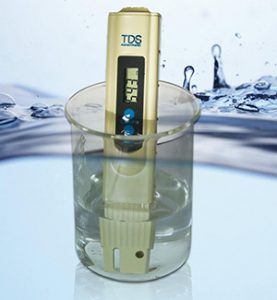
Sea water has an excessive amount of salt which makes it unfit for consumption. High TDS levels give a flat, bitter and unpleasant taste to drinking water. The high level of TDS also increases the chances of sea water getting infiltrated into drinking water supplied in the coastal areas. This is the reason why RO water purifiers for homes are ideal for coastal areas.
5. Excessive Chloride
Sea water also has a high level of chloride, which not only affects the environment but also human health. High levels of chloride in water lead to respiratory problems, heart diseases, and increased blood pressure. If used for watering plants, it can contaminate the crops as well as seafood and indirectly enter the human body.
The Possible Solution
BARC recommends RO (reverse osmosis) as the best method of distilling water for drinking in coastal regions as their primary function is desalination. According to Columbia University, the reverse osmosis (RO) method of purifying water eliminates hardness, ions, metals, viruses, bacteria, protozoa, and pharmaceuticals. RO purifiers have ultraviolet lamps that disinfect the water from all pathogens. The Activated Carbon filtration present in the RO purifiers removes chlorine and pesticides. RO salt water purifiers are ergonomic and easy to use too, thereby making them ideal for domestic use.
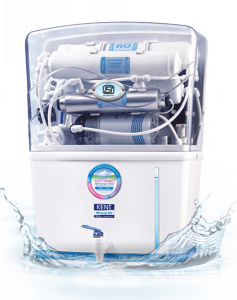
The scarcity of pure drinking water is increasing day by day. Also are the risks in consuming untreated groundwater or surface water. Climate change is making rainfall unpredictable. To fight against such threats, governments and private organizations around the world are trying to come up with easy and cost-effective methods of purifying water. RO purifying method seems to be the best solution so far for coastal regions. Unless we clean the natural resources of water, technological alternatives are the only way.
Frequently Asked Questions
1. Which water purifier is good for saltwater?
When it comes to tackling saltwater purification, Kent water purifiers are an excellent choice. These innovative systems are designed to effectively remove salt and other impurities from water, transforming it into fresh and drinkable water. With advanced technologies like RO (Reverse Osmosis) and UF (Ultrafiltration), Kent water purifiers are capable of handling high levels of salinity.
2. Can humans drink salt water?
No, humans should not drink saltwater. Saltwater, also known as seawater, contains high levels of salt and minerals that can be harmful to the human body. Drinking saltwater can lead to dehydration, electrolyte imbalances, and kidney damage.
3. What is the easiest way to purify salt water?
When it comes to purifying saltwater, Kent water purifiers offer a convenient and effective solution. With their advanced Reverse Osmosis (RO) technology, Kent water purifiers can remove the salt and impurities from saltwater, making it safe and drinkable.


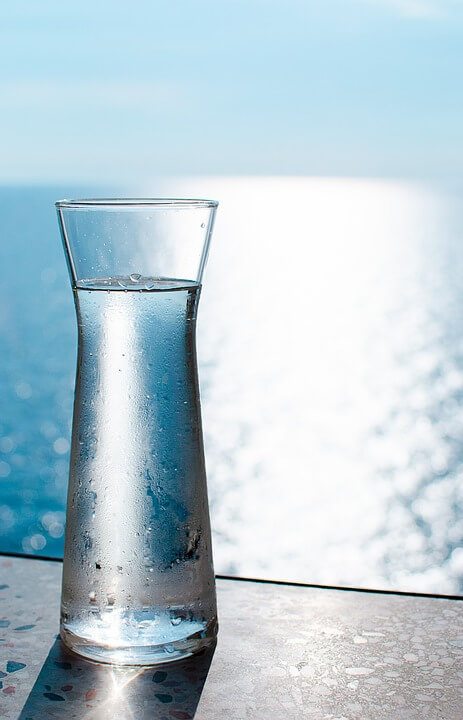
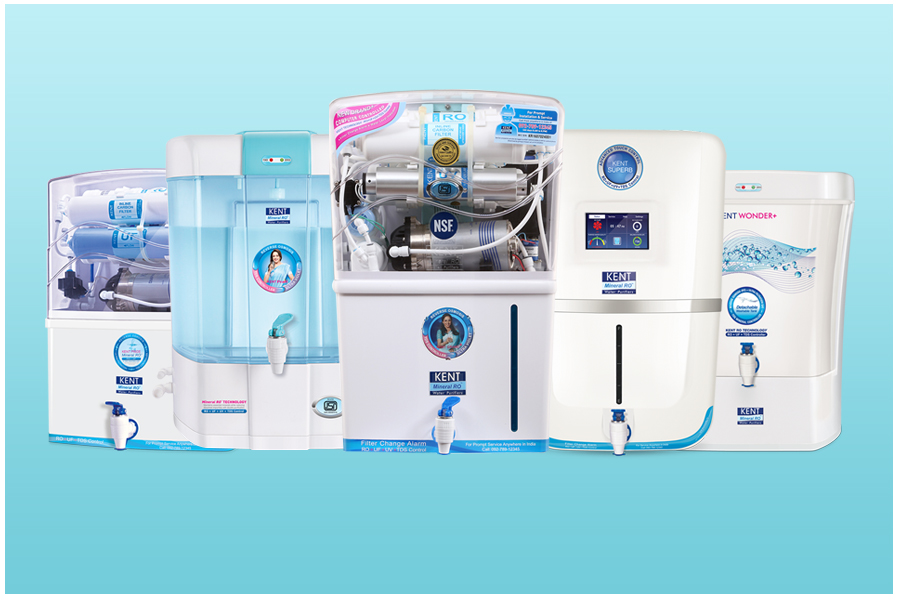
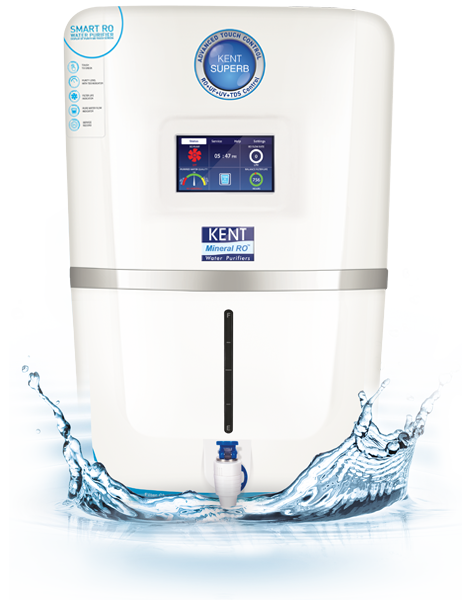
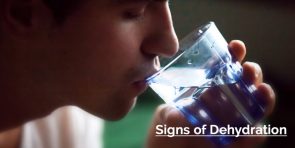
Спасибо, давно искал
Hi.
Thank you, for your kind appreciation. Keep reading KENT Blog for more motivation on staying healthy!
Regards,
Team Kent